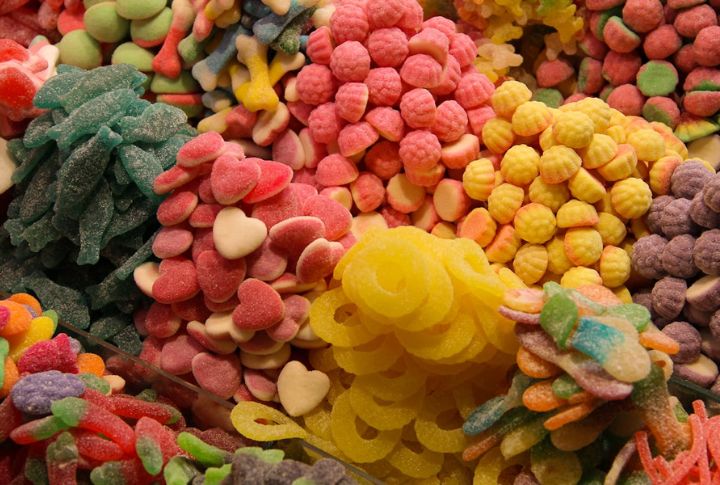
If synthetic food dyes face a crackdown, the grocery aisle will start looking unfamiliar to many people. The Secretary of Health and Human Services, Robert F. Kennedy Jr., has proposed new limits on additives like Red 40 and Yellow 5. As these additives face a possible ban, some iconic treats could change forever. Let’s break down which favorites might not survive the switch.
Fruity Breakfast Cereals
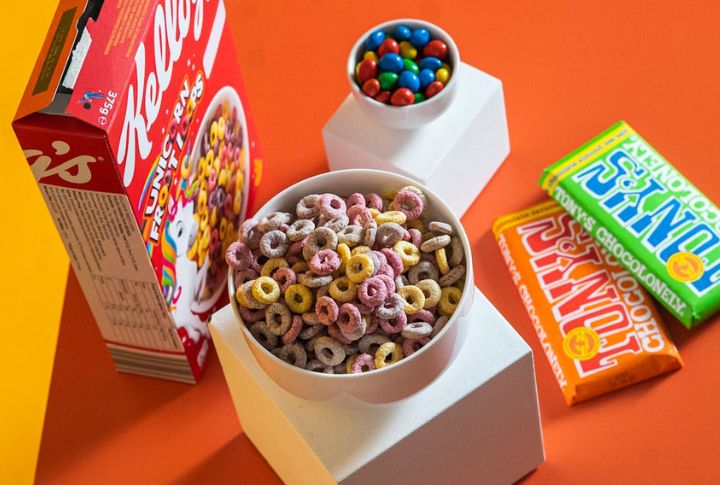
Cereals like Froot Loops obtain their vibrant hues from Red 40, Blue 1, and Yellow 6. As U.S. regulations tighten, multinational cereal brands may face costly reformulations to meet stricter standards. In contrast, British versions are dye-free, making them legally compliant, but also noticeably duller.
Orange Soda
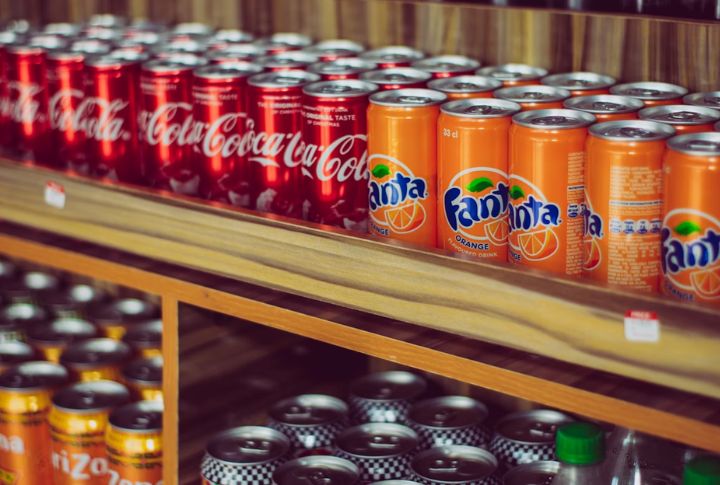
Orange sodas commonly derive their vivid tone from Yellow 6, not actual fruit. With regulations tightening, some brands now turn to paprika extract instead. The citrus taste remains, but its fiery orange glow might not survive regulatory scrutiny.
Flavored Yogurts (Strawberry And Blueberry)
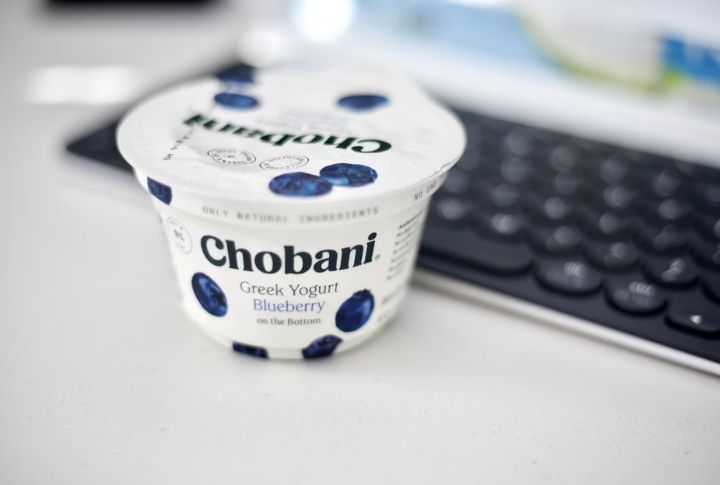
Red 40 and Blue 1, both petroleum-derived, create those bold tones in berry yogurts. Natural versions, by contrast, are usually beige or pale pink. If FDA-compliant labels demand greater transparency in color origins, flavored yogurts will need to adapt.
Fruit Snacks And Gummies
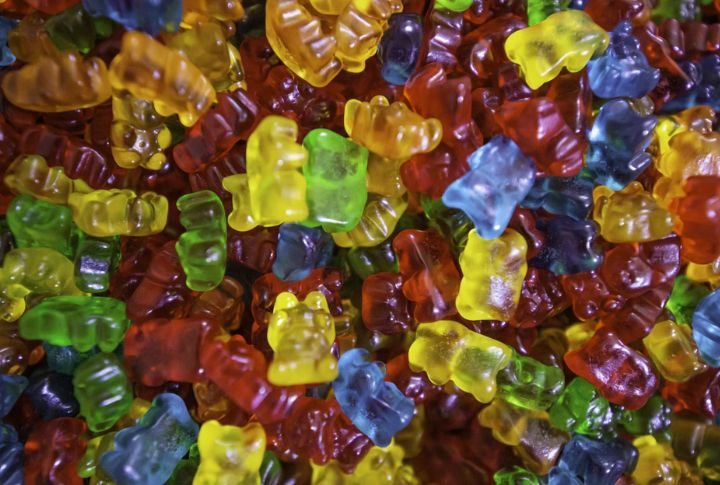
Many of these colorful “fruity” snacks and gummies contain less than 5% actual fruit. The visual appeal depends heavily on artificial food dyes. In the near future, manufacturers will need to reformulate these treats by using safer, natural alternatives.
Macaroni And Cheese Powder
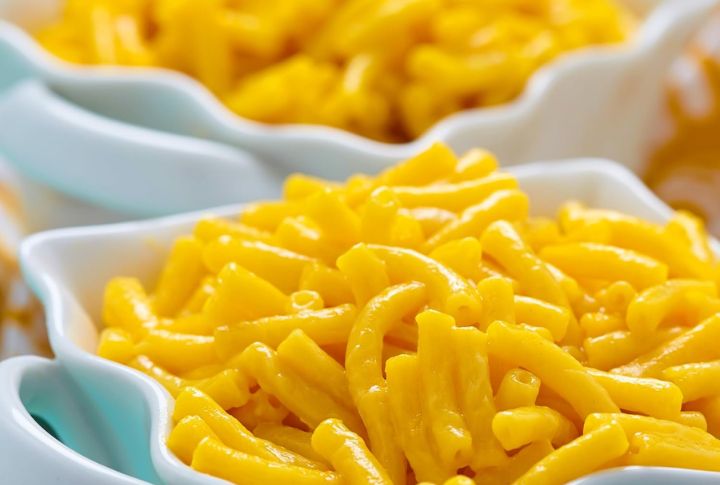
Early Kraft mixes used annatto, a seed-derived coloring with a natural orange tint. But today’s boxed mac and cheese typically relies on synthetic dyes. As health-conscious rules are on the rise, turmeric has emerged as a popular substitute in organic or dye-free varieties, which might save this option.
Pickle Relish
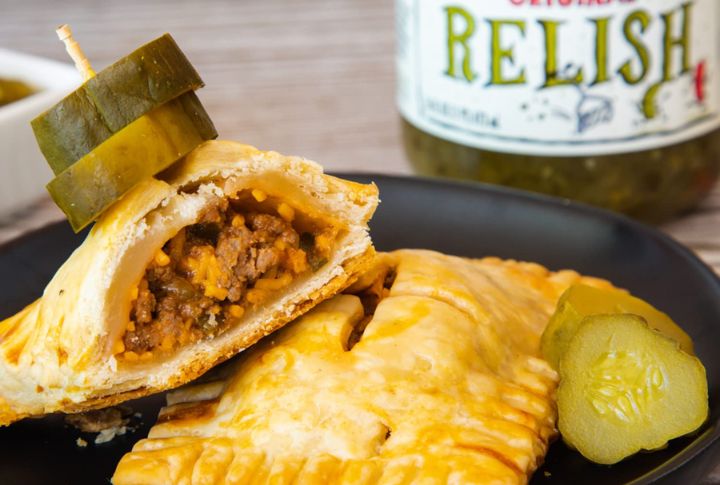
Bright green relish depends on Yellow 5 for its color. Without it, the product turns dull olive or brown. This intense styling is unique to the American market and consumer preference. While turmeric serves as a natural option, if restrictions occur, it will noticeably alter the flavor.
Cotton Candy

Bright pink and blue cotton candy typically contains Red 40 and Blue 1. The original invention in the 1800s was uncolored sugar floss, but dyes were introduced decades later to commercialize its appeal. Without artificial coloring, cotton candy typically defaults to a pale white color.
Rainbow Sprinkles
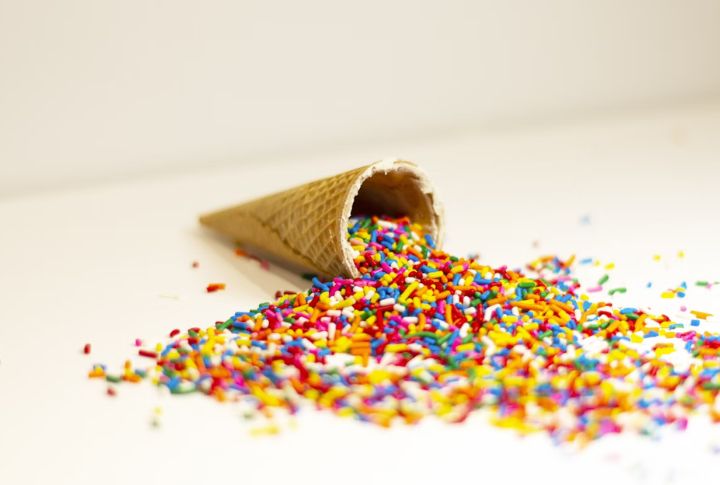
Multicolored sprinkles rely on Red 40, Yellow 5, and Blue 1 to achieve their festive look. These toppings serve no flavor purpose but provide decoration. After restrictions, desserts could look duller, but they will be safer if artificial sprinkles vanish from baked goods and cones.
Jelly Beans
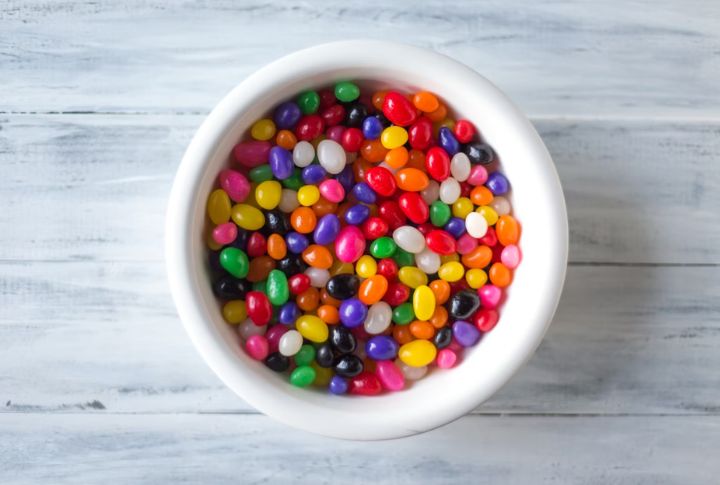
Glossy shells on jelly beans are made possible by dyes that help hint at flavor, but rarely affect the taste of the beans. They were considered a morale booster during WWII for their shelf life and nostalgic sweetness. However, that purpose is long gone, and soon, the beans can vanish, too.
Instant Pudding Mixes
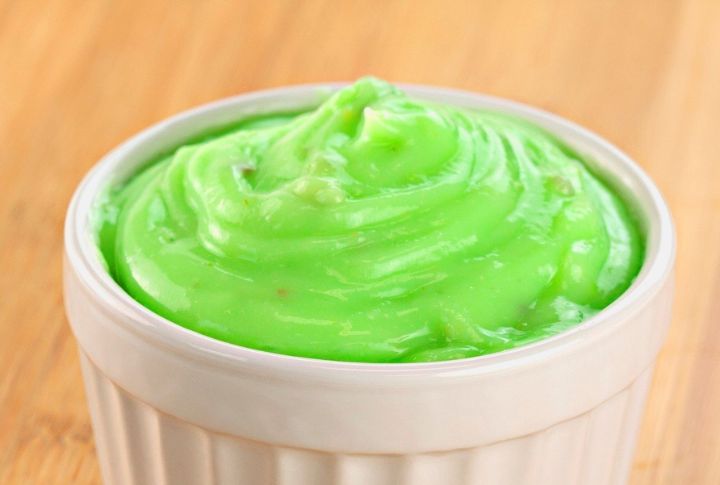
Powdered puddings rely on artificial coloring to deliver vibrant tones. To avoid darkening in fruit-flavored varieties, brands have explored saffron and beta-carotene as substitutes. This has added a richer, more natural golden hue to modified banana and pistachio mixes. Maybe this one can stay?
Sloppy Joe Seasoning Packets
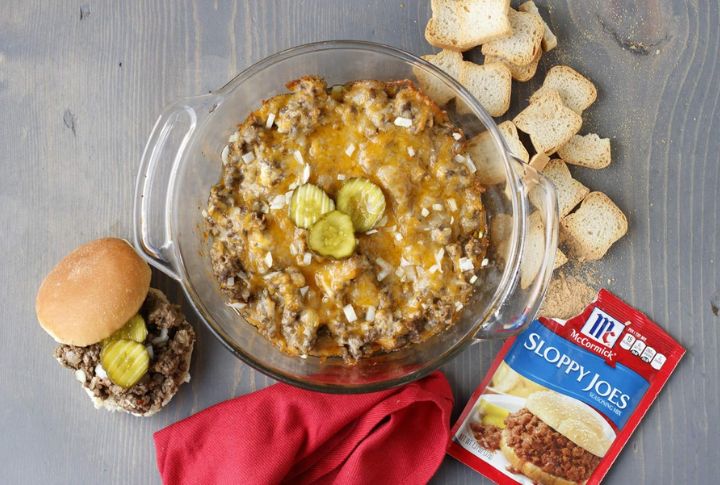
Red 40 delivers the bold red tone seen in seasoning blends, replicating a saucy, tomato-rich look. On the other hand, homemade mixes usually turn out browner. And if they switch to natural ingredients, it could subtly alter the visual warmth Americans associate with comfort food.
Colored Marshmallows
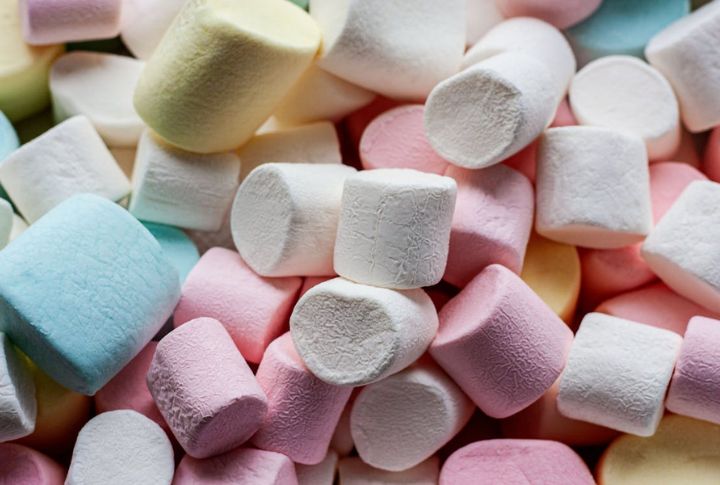
Mini marshmallows in soft colors use artificial dyes. They are added for seasonal appeal or aesthetic purposes in baking. Their colored future is in the hands of the law now. Without those dyes, marshmallows may appear plain, but thankfully, they gain favor among shoppers looking for simpler, more transparent ingredient lists.
Sports Drinks
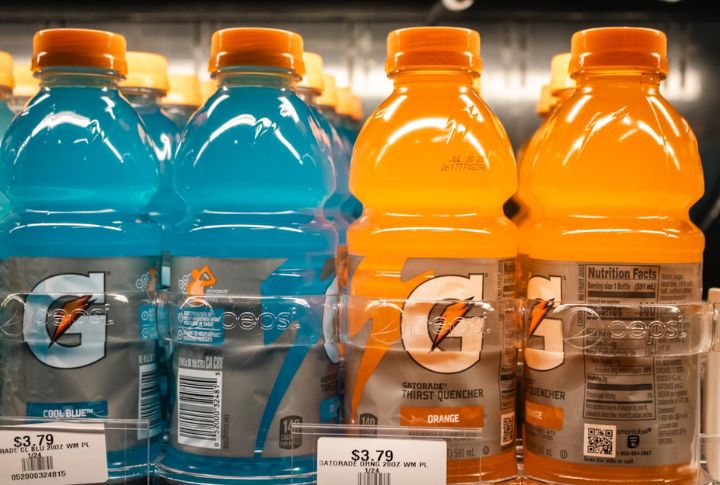
Popular blue or red electrolyte drinks typically contain Blue 1 and Red 40. These vibrant hues have no nutritional value and are now flagged for removal. While clearer options exist, they’re far less common. But as of now, a few dye-free versions are already available in some specialty markets. So maybe there’s hope for sports drinks.
Frosted Toaster Pastries
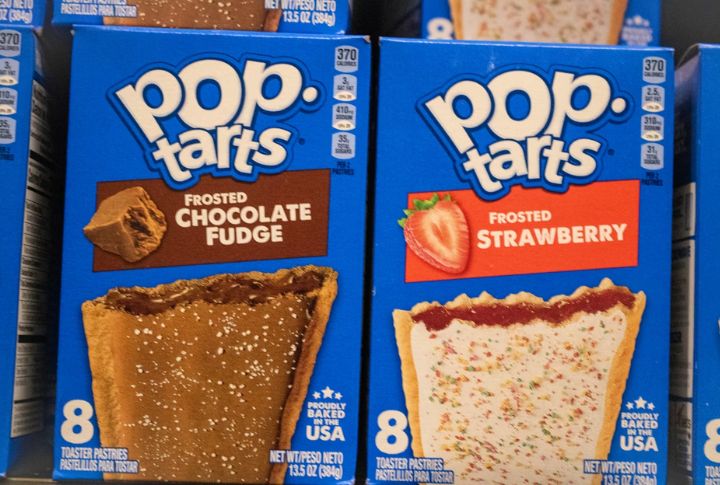
Frosted pastry fillings and toppings also rely on synthetic dyes like Red 40 and Blue 1 to achieve their vivid appearance. Interestingly, certain flavors even glow under black light. Parents and courts may not support such frostings, so kids may need to switch to something safer someday.
Birthday Cake-Flavored Ice Cream
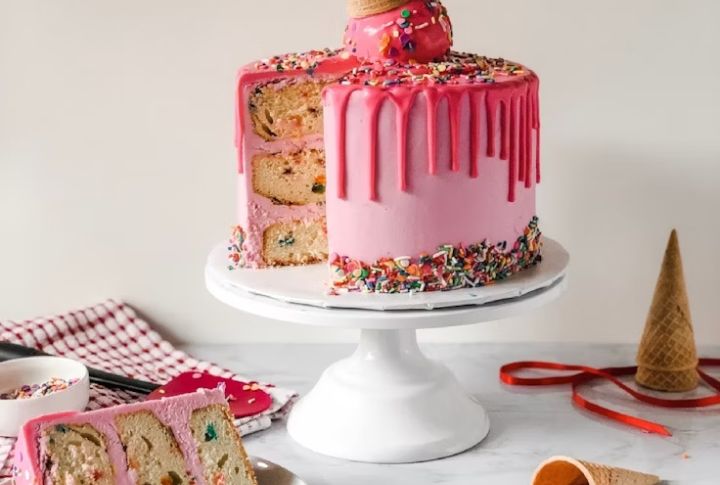
This whimsical delight usually includes dyed sprinkles and artificial cake bits. As opposed to what most people may know, this dessert rarely contains real cake. So, as ingredient transparency gains traction, manufacturers may face pressure to clarify how these flavors and textures are actually created.
Bubble Gum
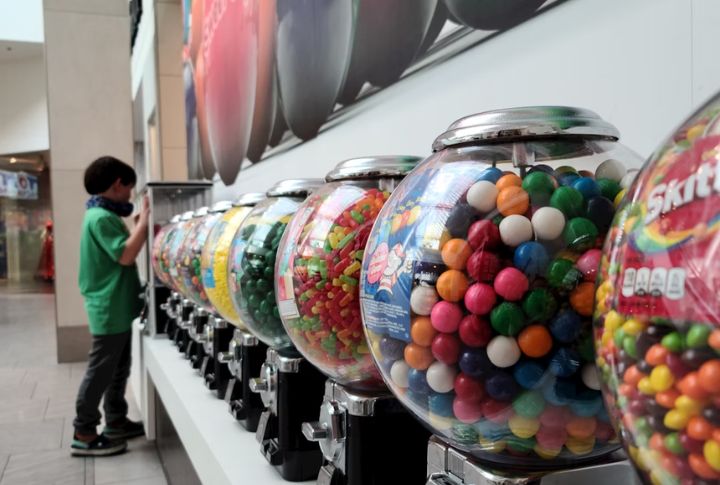
Classic pink bubble gums also get their color from Red 3 or Red 40. While gums initially had a dull gray color, bright pink became the standard, simply because it was the only dye available at the time. Today, the natural gums, which appear off-white or light tan in color, maybe the only ones with a chance of survival.
Colored Tortilla Chips
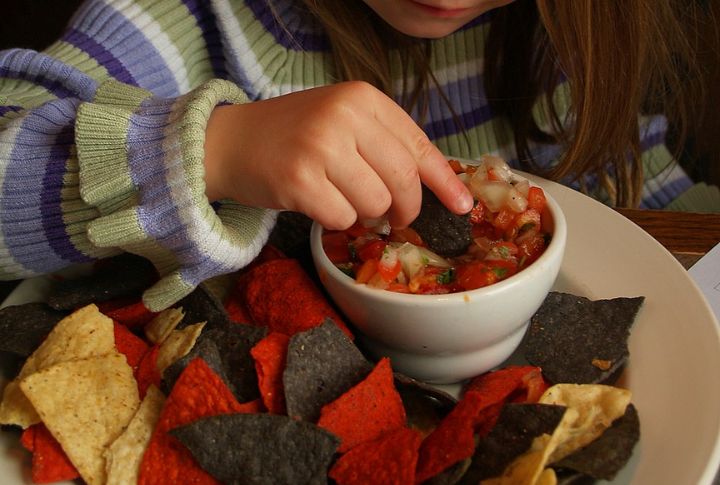
Vibrant red and blue chips typically contain Red 40 and Blue 1 to enhance appearance. Sure, blue corn exists, but most chips are not made from that natural blue corn. They are still artificially boosted for visual consistency. As for the dye-free versions, they typically appear muted or uneven in tone.
Canned Fruit Cocktail
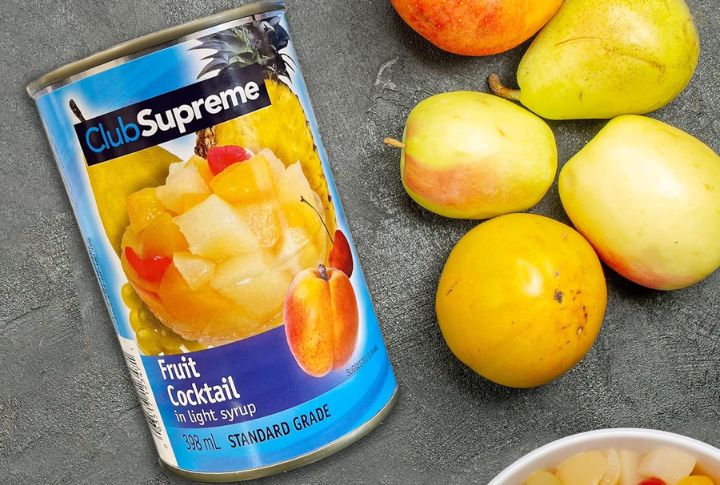
The vivid red cherry in fruit cocktails is usually dyed with Red 3, which is banned in cosmetics but still allowed in food. It’s mostly ornamental and rarely adds flavor. However, with changing regulations, its place atop dessert bowls may soon become a nostalgic memory.
Frosting Tubs
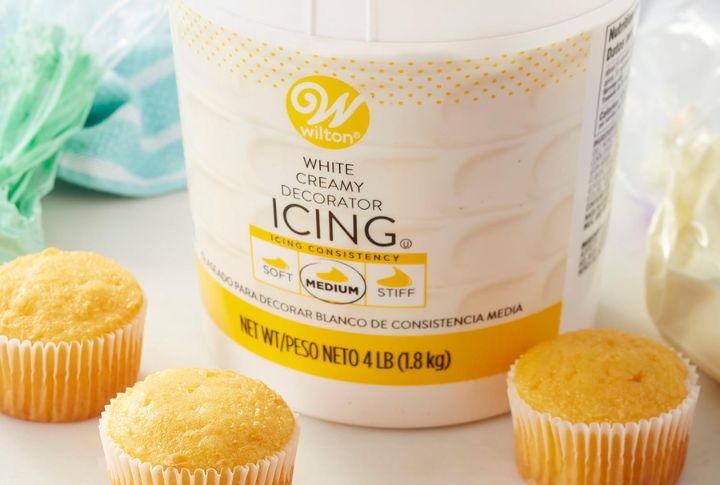
Brightly colored frostings contain synthetic dyes like Red 40 and Yellow 5, which can leave behind tooth stains. And with fewer hues available, people may soon need to rethink how they are going to decorate their festive desserts and birthday cakes at home if these frosting tubs face trouble.
Colored Ice Pops
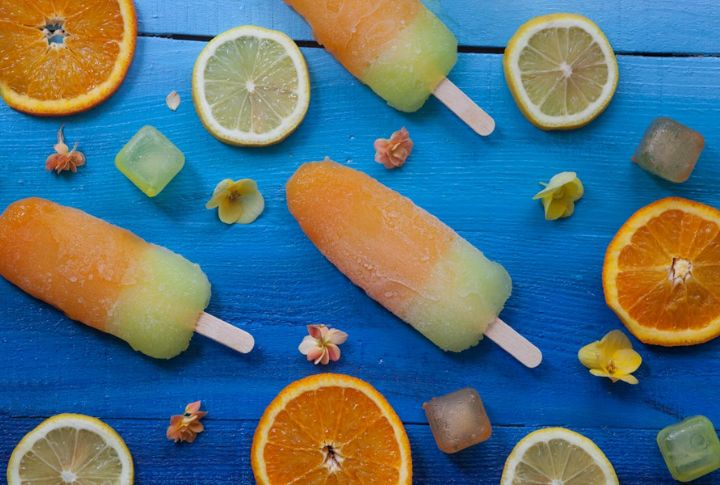
Most colorful frozen pops contain Blue 1, Yellow 5, and Red 40 to boost shelf appeal—and again, without changing the taste. Although clear alternatives exist, they are rarely stocked in mainstream freezers. So, the ban could make the synthetic options align better with pediatric health advice and dietary guidance.

